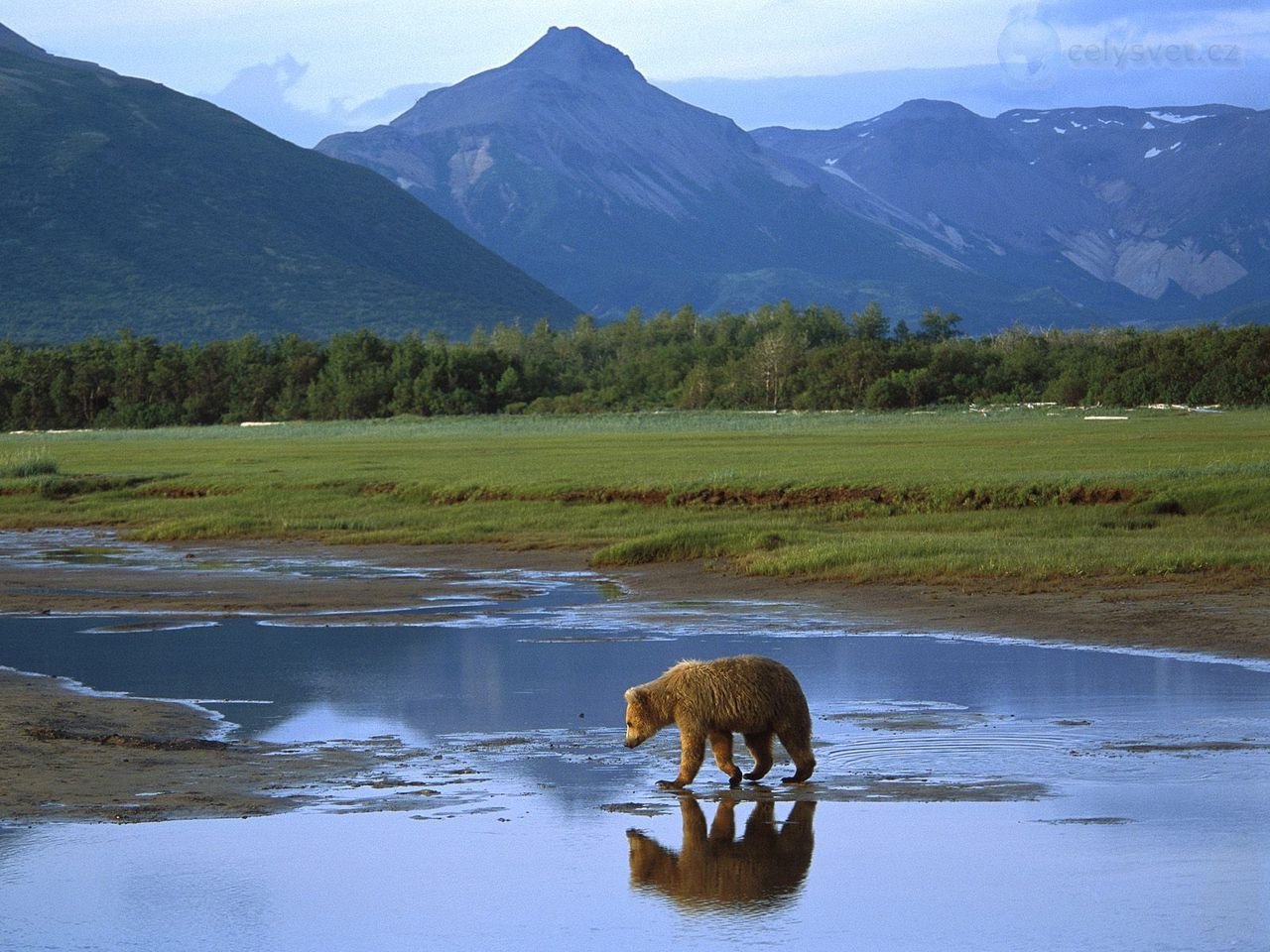As recommended by IUCN General Assembly XI, zoning in national parks in the United States and Canada consists of 1) zones of absolute protection; 2) zones of strict protection; 3) zones of weak protection; and 4) recreational zones. As early as the 1970s, Canadian national parks had 55%-70% absolute protection zones, 3%-12% strict protection zones, 15%-35% weak protection zones, and 1.5%-10% recreation zones. Some parks also have a small park service area.
In the USA there is a tendency to simplify the zoning of national parks. It is recommended to allocate up to 5% of their territory as a tourist-administrative zone and the rest of the area as a zone of strict (absolute) protection. Thus, in Yosemite National Park the strict (absolute) protection zone makes up 89% of the park territory, in Everlade National Park the strict (absolute) protection zone makes up 85% of the park territory. In Olympic National Park, the strict (absolute) protection zone is 96% of the park. Sequoia and Grand Canyon National Parks have 97%.

In Jasper National Park in Canada, the absolute protection zone and the strict protection zone together make up 99% of the park. In another Canadian national park, Gatineau, the strict (absolute) protection zone makes up 75% of the park, and even the scientific staff visit it only with passes. In Canada’s Yoho National Park, the protected area is 95%, and in Banff National Park it is 93%.
In the early 2000s the strict (absolute) protection zone in the national parks of the USA and Canada ranged from 75% to 90% of the territory of the parks where, among other things, visitors are forbidden. At the same time, the IUCN recommends that 75% of the territory of national parks be designated as a strict protection zone.
It should be emphasized that in some Canadian national parks there are no zones № 3 (weak protection) and № 4 (recreation) at all, but only zones № 1 and № 2 of absolute and strict protection.
Such zoning towards an increase in zones of strict (absolute) protection confirms in the best way the active application of the concept of conservation in the management of American and Canadian national parks.
Zoning of national parks in Europe
There are 16 national parks in Germany. Of these, 4 parks have about 90% protected area, 7 parks have 50-60% protected area, 3 parks have 30% protected area, and only one park has 22% protected area. The average area of the protected zone of German NPPs is 58 %. At present, the decision has been taken to bring the protected area in all German NPPs to 75%. The same decision has been taken in Austria. In the Czech Republic in 2017, it was decided to increase the protected areas in NPPs to 50%. In Romania, the area of protected areas of NPPs is more than 50%.

It should be added that in other European countries in national parks the protected area usually occupies more than 50% of the park territory. For example, in Poland the NPP “Bieszczadzki” has a protected zone, occupying 63% of the park territory, in the NPP “Bialowieza” the protected zone occupies 54% of the park territory. In Romania NPP “Retesat” has a protected zone of 60% of the park’s area, in Austria NPP “High Tauern” – 65% of the park’s area, in NPP Kalkalpen – the protected zone is 75%.
